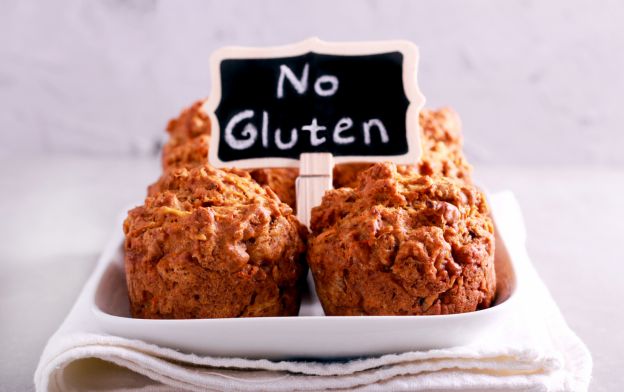Common Food Intolerances & How to Spot Them
More steaming articles
 45 Quick & Easy Dinners to Make with...
45 Quick & Easy Dinners to Make with...
 50 Smart Kitchen Habits for Faster...
50 Smart Kitchen Habits for Faster...
 Hop into Flavor: 99 Effortless Easter...
Hop into Flavor: 99 Effortless Easter...
Chef Tips and Tricks
Why eating fast is bad news for your health
Your parents told you that scoffing your food was bad, and now science has confirmed it!
Enjoy this video... slowly!











